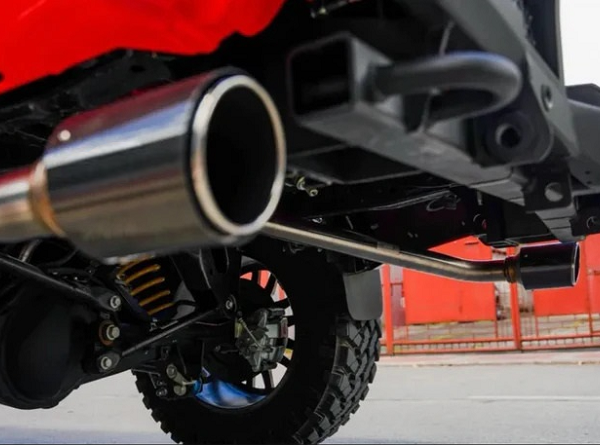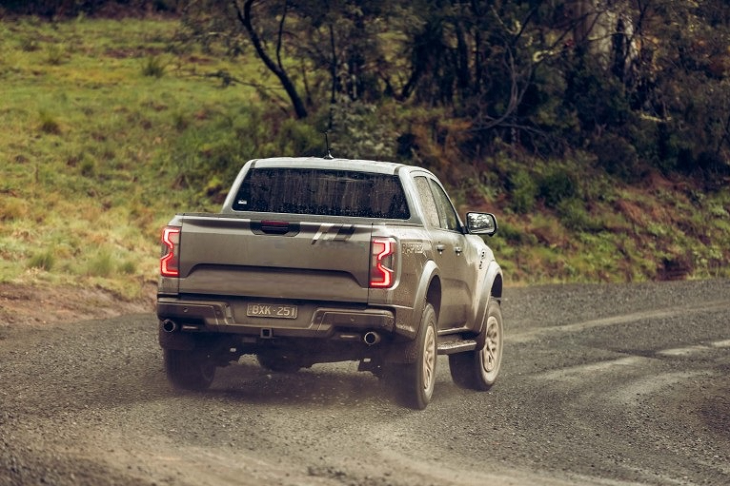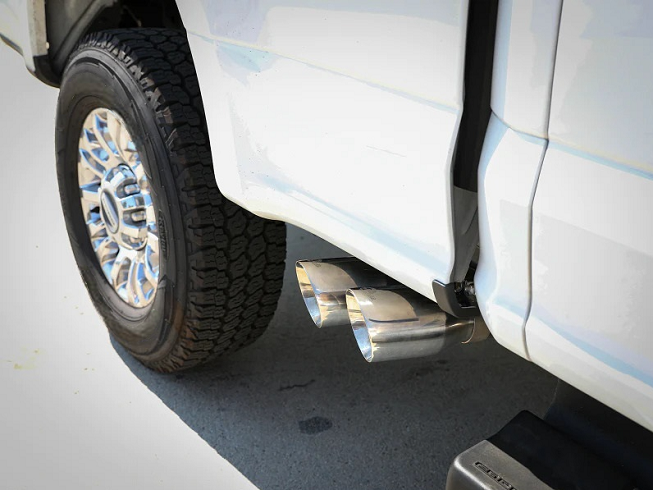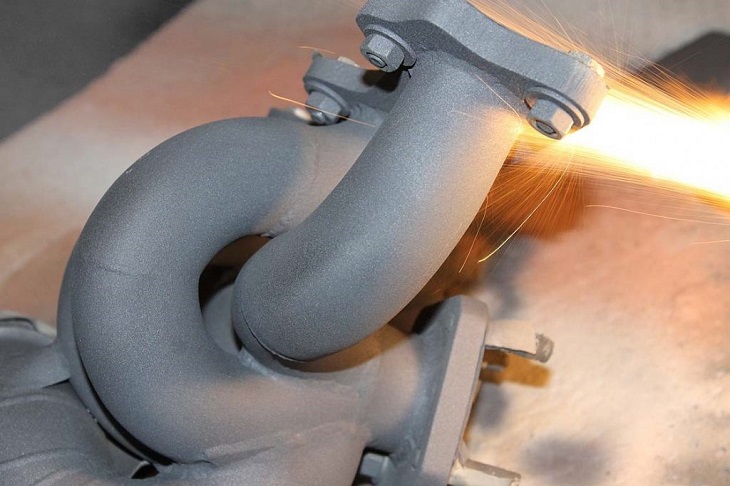14
Sep

It’s no coincidence that Ford’s PJ and PK Rangers, together with their scrappy little cousin from Mazda, the BT-50, continue to be some of the most highly regarded and sought-after 4WDs in Oz. These mid-sized, Aussie-engineered utes were designed to be sturdy enough to tackle the toughest terrain, while still being tame enough to take on peak traffic in Sydney; and they’re longtime favourites of Australia’s aftermarket community, especially when it comes to exhaust systems.
With their hardy 115kW 3.0L turbo diesel powerplants, Gen 3 Rangers have nothing to lose and everything to gain from a low-restriction exhaust system. It’s bolt-on power that doesn’t require you to open up the engine, which is why if you’re looking for a simple guide on what to look for in a proper aftermarket exhaust, you’ve come to the right place.

Let’s be honest: while the Gen 3’s breathing isn’t shabby, an upgraded turbo back 3.0″ exhaust for Ford Ranger and Mazda BT-50 utes can free up some of the power that these 4-cylinder engines have always been obliged to hold back on. 12kW is a noticeable, easy power increase to be found simply by moving from 2.0” tubing to 3.0” tubing, but that’s not the only benefit that upgrading the Ranger’s exhaust has to offer.
At their core, exhaust systems are tasked just as much with moving excessive heat away from an engine as they are with moving spent gases. And even though power-robbing heat would be problematic anywhere, Australia’s hot climate places a special urgency on moving as much heat away from engines and engine compartments as efficiently as possible.
Beating the heat is also an essential part of preventing damaging thermal fatigue, and a 3.0” Ford Ranger exhaust upgrade helps by achieving the following:
Make no mistake, with the Ranger’s 1175kg payload and 3038kg towing capacities, upgrading your Ranger exhaust system is going to generate a welcomed power boost. It’s when you’re driving a tonne of tools out to a job site, pulling a trailer on holiday, or just trying to merge safely into freeway traffic, that the extra power of a 3.0” exhaust is going to come in handy.
Top quality Australian made, 3.0” turbo back systems for the Gen 3 PJ and PK Rangers, and Mazda BT-50s are exact replacements for their factory-installed systems, and consist of:
TIG welded flanges and mandrel bent tubing help to ensure that these upgraded Ford Ranger exhaust systems have the benefit of minimal turbulence and maximum scavenging. They also don’t require any cutting or welding, are designed to fit both 2WD and 4WD models, and will work with any Gen 3 space-, extra-, or dual-cab configuration. In fact, these Ranger exhaust systems bolt directly to your vehicle’s stock exhaust mounting points, and don’t even require a hoist for the installation.

Tube stock is just as important as tube size when it comes to building high-quality exhaust systems, and long-lasting 409-grade stainless steel has all the attributes that you could ask for in an exhaust upgrade. 409 grade stainless is highly formable, making it easier to repair than other grades of stainless; and it also lacks the annealed appearance that’s common with highly polished stainless steels like 304 or 316. That’s because 409’s chromium content oxidizes quickly, forming a passive layer of protective surface rust that protects it from even deeper forms of corrosion.
It’s in the endless battle against heat retention, however, that 409’s heat transfer capacity really proves its worth. 409-grade stainless is 60% more efficient at shedding heat than other stainless steel alloys, giving it a range of premium performance characteristics that include:
409’s exceptional heat transfer capacity can even help minimize the possibility of EGR sensor failures, along with the sudden jump in fuel consumption and loss of performance that it can lead to. In short, 409-grade stainless makes for a Ford Ranger exhaust system that can even save you money in the long run.

Make no mistake: no matter if it’s OE or aftermarket, keeping as much excess heat away from your engine as possible is one of the most important tasks that any exhaust system for a Ford Ranger can have. And with exhaust gas temperatures easily capable of stretching above 600°C downstream of a turbo, thermal barrier coatings have to be a part of any aftermarket exhaust solution.
That’s why when it comes to high-quality custom exhaust, Ford Ranger systems need to be treated with heat-resistant enamel for maximum thermal assurance. Thermal barrier coatings are formulated to lock in exhaust temperatures in excess of 1000°C, the benefits of which are:
Ideally, insisting on your upgraded Ford Ranger exhaust system having a thermal barrier coating not only increases the efficiency of the system, it also increases its durability.
At the end of the day, the Gen 3 PJ and PK Rangers are the reason today’s T6 / PX Rangers are now the best-selling utes in Australia. Reliable, straightforward engineering is Gen 3’s greatest attribute, and that approach is even reflected in their aftermarket exhaust offerings.
A turbo back 3.0″ exhaust for the Ford Ranger and the Mazda BT-50 is an affordable, uncomplicated upgrade that can give these hardworking utes a solid performance boost. There’s no simpler, or easier way to unlock their power potential.